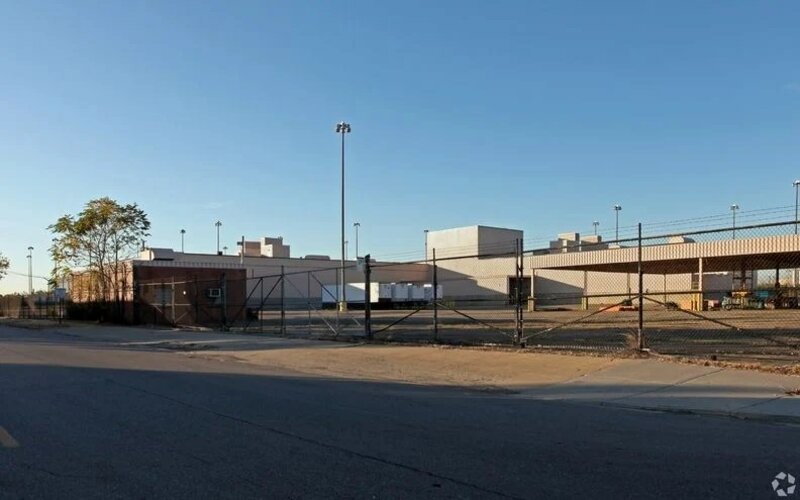It’s a small slice of the total such land in Detroit. The city had more than 900 vacant industrial-zoned sites as of five years ago, according to a previous Detroit Future City study. But the study’s creators want it to be a model for elsewhere.
The central question is how these empty sites can become productive again and contribute to the economy without harming the residential areas they’re surrounded by. It’s a huge question, one that arguably has not yet been answered in southwest Detroit where environmental concerns proliferate amid pollution.
“They wanted us and Detroit Future City to explore … how we could strengthen what the existing assets are in this industrial area, how to attract more light industrial makers, manufacturing … to create and look at jobs for area residents that are good-paying, salary and career jobs that might not require … college education,” said Greg Mangan, real estate advocate at the Southwest Detroit Business Association.
Mangan hopes the study can be used to improve relationships between residents and existing businesses in an area where homes are sandwiched between industry clusters. He also expects it can bring ideas for amassing funding that can be used to help businesses with beautification efforts — like replacing a scrap yard’s sheet metal fence with a more attractive buffer, for example — and guide principles for what kind of development southwest Detroit wants to attract.
There was a bioethanol distributor who wanted to come to the area, Mangan said, called POET LLC. But it would have added fewer than 10 jobs while bringing 15-20 additional semitrucks to the streets.
“We just thought that wasn’t the best and highest use of that space,” Mangan said.
Mangan said engagement efforts can be used to help the SDBA and others working with economic development agencies weigh positives like jobs against negatives like environmental impact in order to assess what kind of companies should be lured to the area.
The SDBA and Detroit Future City did individual interviews and held virtual community meetings to garner input.
One potential opportunity area Mangan pointed to is cannabis. The growing industry has a “lot of potential for being an economic driver” while checking boxes on equity. And NBA Hall-of-Famer Chris Webber has already broken ground on a $175 million cannabis campus along Michigan Avenue in southwest Detroit.
Part of the solution to all these issues, the report says, is to expand the SDBA’s duties. The association could focus more on larger manufacturing and other industrial businesses, not just small businesses. It could also put more weight on whether or not to support development proposals that come down the pipeline. It could also create a new job title specifically focused on connecting businesses with community, marketing the area to potential site users and serving as an “equitable development advocate.”



